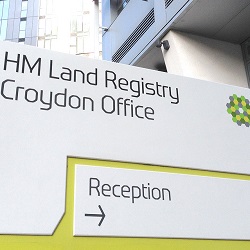
Land Registry: 24 checks to be made
HM Land Registry (HMLR) is to up efforts to reduce the number of requisitions it has to send to conveyancers by automatically checking for “simple errors” in applications to amend the register.
It will then not accept the applications without them being corrected.
Figures last autumn showed that 22% of the more than 4.4 million applications received in the previous year (947,000) required a requisition, each containing an average of two points, but many with more.
Requisitions are sent when something is missing from or wrong with an application to amend the register.
As well as adding on average 15 working days to the time it took for a transaction to be registered, HMLR estimated that requisitions could be costing lawyers as much as £19m, with £3.6m attributable just to getting names wrong.
From 1 October, all users of the digital registration service, on both the HMLR portal and through third-party software providers, will be unable to submit applications that contain any of 24 different errors and omissions, from names to disclosable overriding interests to title scope.
The need for evidence of consent to restriction and evidence of discharge will be checked and flagged to the applicant, but they will be able to submit without supplying evidence. If it is not provided, a requisition will be sent.
HMLR said it would be working with third-party software providers to support adoption of the new service.
It estimated that, by 2028, the service could save customers an estimated 300,000 hours a year. It would also reduce administrative work and improve HMLR’s overall service speeds.
Mark Gray, chief transformation and technology officer, said: “This is another key milestone in improving our customer service and our processing times. By preventing errors up-front, automating routine tasks and removing unnecessary correspondence, we will save time for our customers and our caseworkers alike.
“This is just the next step in modernising and automating more of our work, there is much more to come.”
The organisation said it would introduce further checks on the data contained in transfer and charge deeds in late 2026.
















Leave a Comment